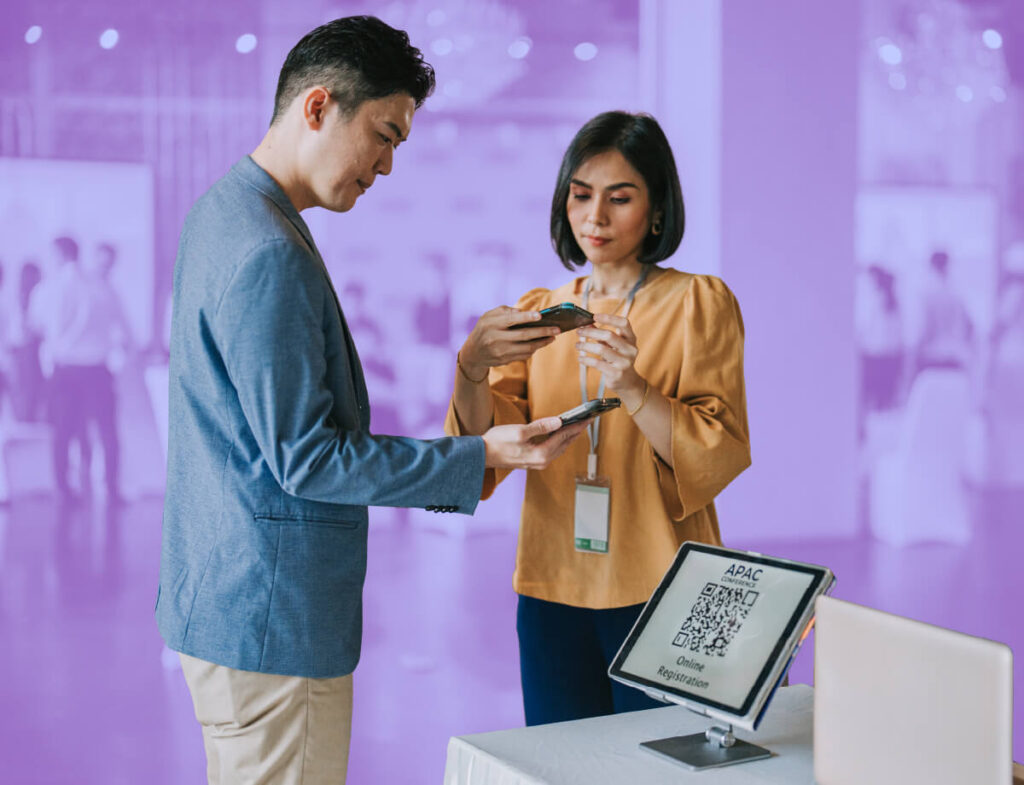4 digital fundraising channels and tips to improve appeals

Technology has changed the way nonprofit organizations raise funds, communicate with supporters, and so much more. That means nonprofits like yours need strategies that keep up with technological trends and use multiple digital fundraising channels.
Let your fundraising software analyze your donor data and segment supporters into groups for better, more targeted campaigns. Then, incorporate these digital channels and easy-to-execute tips into your fundraising appeals to increase donor engagement and raise more money. (You can find even more helpful tips in our beginner’s guide to fundraising.)
Tip: Prioritize online giving
Online giving is a very popular modern form of giving. It’s quick, easy, accessible, and can be cost effective.
To make sure you’re in the best position to accept online donations, host a donation page on your nonprofit’s website that’s simple and straightforward. Your nonprofit supporter engagement platform should help you fundraise online. The right technology should take repetitive tasks off your plate, automatically store and update donor data in a centralized place, and help you demonstrate the impact you’re making to your supporters and others.
Use these tips to make your donation page more effective:
- Check for pre-built templates in your nonprofit software. Customize these with your organization’s branding, including color scheme, fonts, and logo, so that every donation page you create from those templates is on-brand and ready to use. (This also streamlines the work involved the next time you want to create a donation page.)
- Include suggested donation amounts and pair them with tangible impacts.
- Remind donors of your nonprofit’s mission on the donation page itself.
Once you’ve optimized your donation page, you’re ready to add these digital fundraising channels to your strategy and share your donation page with supporters.
4 digital fundraising channels to use
1. Email
Email is one of the most efficient ways to communicate with your supporters online. Use templates from your software to send newsletters, thank-you messages, event invitations, and fundraising appeals. Use your supporter data to tailor each message for your audience and personalize emails for different segments. Always include a clear call to action and link to your donation page to prompt immediate action.
Pro tip: Although it’s important to use email for fundraising purposes, make sure that overall, not every email is an ask to give. Offer success stories, milestones, upcoming events, and other updates. This will help them avoid burning out and unsubscribing.
2. Mobile giving
Mobile giving is here to stay! Our friends at M+R found that for the year 2022, the majority of nonprofit website traffic came from mobile devices. 360MatchPro also reports that mobile-friendly donation pages lead to 34% more donations than desktop-only pages. It’s clear: this is an audience no nonprofit can leave behind. Add texting to your digital fundraising strategy and launch dedicated text-to-give campaigns to make it even easier for supporters to donate from their mobile devices.
Make sure your supporter engagement platform can support texting. That way, you can easily look at a donor’s record and see every gift they’ve made, whether it’s through email, mobile, or other channels. When you can see that data, you can send them messages that reflect their history of support and show your appreciation for them.
3. Social media
By now, you probably know that social media isn’t just for personal use anymore — like mobile messaging, it’s here to stay for individuals and organizations alike. In 2022, over 90% of nonprofits surveyed reported that they were active on Facebook, Instagram, and X (formerly Twitter).
Make sure you’re spending time on building a presence for your nonprofit on social media because you have a clear, measurable goal connected to it. (“Raise awareness” is too vague to measure, so make sure you’re setting a SMART goal.) Think strategically about which social media platforms make sense for you to use. Start by figuring out where your supporters spend their time and prioritizing those platforms. Promote your donation page on your social channels and encourage your social media followers to donate.
Although a Facebook fundraiser might seem like a quick and easy way to raise money for your mission, M+R’s report for the year 2022 shows that the median Fundraiser effort generated four donations and an average gift of $34. It’s also not guaranteed that your nonprofit will receive details on who gave gifts, so it may be difficult to thank these individuals for their generosity, much less continue the conversation with them.
Ultimately, it’s probably a better use of your limited time to focus on creating posts to share your own donation pages that automatically connect to your supporter engagement software. This will allow you to see who’s giving, thank them, and continue to build those relationships for the long term.
4. Direct mail
While direct mail isn’t exactly a digital fundraising channel, it still deserves a place in your strategy. The most important thing to know about direct mail is that testing is what will help you make the most of it.
Plan a coordinated campaign that uses both direct mail and email to reach more audience members and stay front and center in your supporters’ minds. To integrate the two channels, add QR codes to direct mail that lead readers to your donation page. That donation page should feed directly into your supporter engagement software. Also consider including a link in your emails to a direct mail sign-up form.
Bonus digital fundraising tips
Try a peer-to-peer campaign
Peer-to-peer (P2P) fundraising campaigns are a great way not just to expand into digital channels, but also to help you expand your organization’s capacity. In a P2P campaign, you as an organization ask your supporters to fundraise on your behalf through their friends, family, and other acquaintances.
Recruit volunteers from your base of supporters in your database, then provide your peer fundraisers with easy-to-share communication tools, such as branded fundraising pages, suggested social media posts, email templates, and information about your organization and how donations will be used.
Promote recurring gifts
Recurring gifts, also known as sustaining gifts, are a great way to build stability and predictable revenue into your fundraising program without adding extra work to your plate. Donors who sign up will give the same dollar amount at a regular cadence (it’s common for sustainers to give on a monthly basis). These donors have the potential to give more over time, stay committed longer, give additional gifts throughout the year, and actively volunteer or show their generosity in other non-monetary ways. Your software should help you track all of these details in one centralized supporter record, which will help you show gratitude and keep them engaged.
If your goal is to grow your recurring giving program, try customizing your online donation page to promote your recurring giving program. Also, make sure you include a clear option for turning a one-time donation into a monthly gift.
The bottom line
When you prioritize digital channels in your fundraising strategy and have the right support from your software, you can develop your nonprofit’s presence, reach more supporters with more tailored messages, and drive more people to give — all while streamlining your work. Become an even more digital-ready fundraiser by downloading our beginner’s guide to fundraising.
Ready to Get Started?
Work with Bonterra



